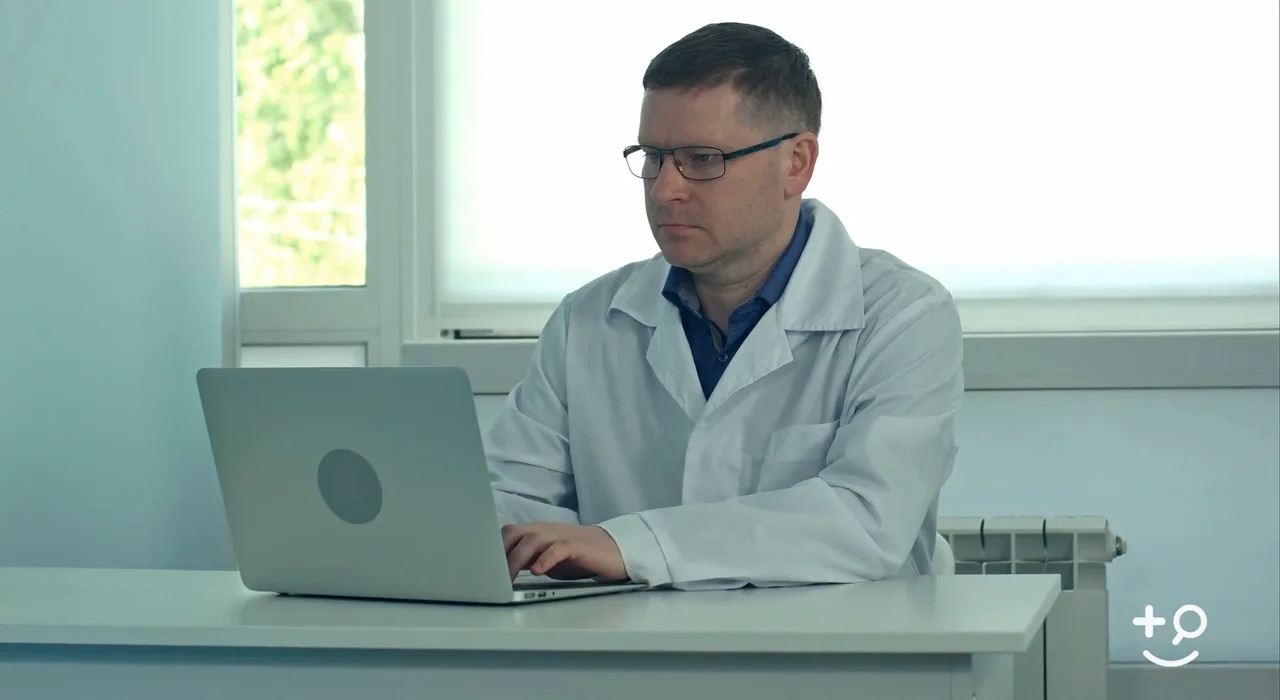1. Misconception: Urologists treat only men.
Reality: Although gynecologists treat only females, urologists care for both genders. Providing healthcare to females is a routine part of urology training and after completion of urology residency one may do additional training focusing exclusively on female issues, key ones including pelvic organ prolapse and urinary incontinence. Yours truly pursued a female urology fellowship at UCLA and is board certified in both general urology and female urology.
2. Misconception: When you drink water, it immediately goes to your kidneys and makes you want to urinate.
Reality: The pathway between drinking and peeing is the following: mouth–> esophagus–> stomach–> small intestine–> bloodstream–> heart–> aorta–> renal arteries–> kidneys–> ureters–> bladder. The likely reason you get a sudden urge to urinate when you drink water is that the presence of the water triggers a conditioned response that results in an involuntary bladder contraction.
3. Misconception: You must drink 8-12 glasses of water a day to maintain your health.
Reality: Many people take the 8-12 glass/day rule literally and as a result end up in urologists’ offices with urinary urgency, frequency and often urinary leakage. Water requirements are based upon the ambient temperature and your activity level. If you are sedentary and in a cool environment, your water requirements are significantly less than when exercising vigorously in 90-degree temperatures. Human systems are extraordinarily well-engineered and your body will let you know when you are dehydrated. Heeding thirst is one of the best ways of maintaining good hydration status. Another method is to pay attention to urine color. Depending on hydration status, urine color can vary from deep amber to as clear as water. If your urine is dark amber, you need to drink more as a lighter color is ideal and indicative of satisfactory hydration.
4. Misconception: You must flood yourself with fluids to help pass a kidney stone.
Reality: The presence of a stone in the ureter often causes urinary tract obstruction. Over-hydration in the presence of obstruction will further distend the already bloated and inflated portion of the urinary collecting system located above the stone. This distension can exacerbate pain and nausea that are often symptoms of colic. The collecting system of the kidney and the ureter have natural peristalsis—similar to that of the intestine—and over-hydration has no physiological basis in terms of helping move the kidney stone passage process along and is pointless and perhaps even dangerous. Drinking moderately in the face of a kidney or ureteral stone is sound advice.
5. Misconception: The presence of bacteria in the urine is a urinary infection and always needs to be treated.
Reality: Asymptomatic bacteriuria, common in the elderly, diabetics, and particularly in nursing home residents, is the presence of bacteria within the bladder without the presence of infection. Asymptomatic bacteriuria needs only to be treated in certain situations: pregnancy, in patients undergoing urological-gynecological surgical procedures, and in those undergoing prosthetic surgery (total knee replacement, etc.). Screening or treatment of asymptomatic bacteriuria is futile and inappropriate and should be strongly discouraged as using antibiotics in this circumstance does not result in a decrease in symptomatic episodes, increases the occurrence of adverse drug effects, promotes the selection of resistant bacteria, and increases the cost of treatment.
I really wish that internists would heed this advice!
Bonus misconception: The fact that plenty of people have bacteria in the urine debunks the myth that urine is always sterile.
6. Misconception: You’re not having pain, so there’s no way you could have prostate cancer.
Reality: Early prostate cancer causes NO symptoms whatsoever, including pain. As a general rule, if cancer is causing pain, that cancer is at a more advanced stage, either spread to structures adjacent to the site of the cancer, or remote from the site. Therein lies the importance of screening for prostate cancer with digital rectal exam (DRE) and PSA (prostate specific antigen) blood test.
7. Misconception: All prostate cancer is slow growing and can be ignored.
Reality: Each case of prostate cancer is unique and has a variable biological behavior. It is true that some cases are so unaggressive that no cure is necessary and can be managed with active surveillance; however, others are so aggressive that no treatment is curative, and many are in between these two extremes, moderately aggressive and eminently curable.
A major recent advance is the improvement in the ability to predict which prostate cancers need to be actively treated and which can be watched, a nuanced and individualized approach. Those who feel that prostate cancer should not be sought out and treated should be attentive to the fact that it is the second leading cause of cancer death, with 33,330 deaths in 2020, and furthermore, that death from prostate cancer is typically an unpleasant one.
8. Misconception: A PSA blood test is a substitute for a digital rectal examination.
Reality: It is entirely possible to have prostate cancer with a normal PSA, the only clue being an abnormal DRE. The PSA blood test is NOT a substitute for the DRE. Both tests provide valuable and complementary information about prostate health and should be done.
I really wish that internists would heed this advice!
9. Misconception: You had a colonoscopy, so you don’t need a DRE.
Reality: Same “foyer,” different rooms. (The foyer is the anal canal, the rooms are the prostate and the colon). Examination of the colon via colonoscopy does not in any way evaluate the prostate.
10. Misconception: Vasectomy causes prostate cancer.
Reality: Vasectomy does NOT cause prostate cancer; however, men who undergo vasectomies have relationships with urologists, the specialists who manage prostate issues, and therefore, men who undergo vasectomy are more likely to undergo prostate cancer screening with digital rectal exam and PSA blood testing than the average man who does not see a urologist. For example, every male patient above the age of forty who I see for a vasectomy consult gets offered a digital rectal examination and a prostate specific antigen blood test that screens for prostate cancer. Few refuse!
11. Misconception: Ejaculation requires an erection.
Reality: You do not need an erection to ejaculate, as many men with erectile dysfunction discover, although an erection certainly enhances the process.
12. Misconception: If you lose your erection after ejaculation, you have erectile dysfunction.
Reality: It is normal (physiological) to lose your erection after climaxing. The refractory period is the time it takes to be able to get another erection, which can be highly variable depending upon age and other factors.
 Back to Blog Homepage
Back to Blog Homepage
